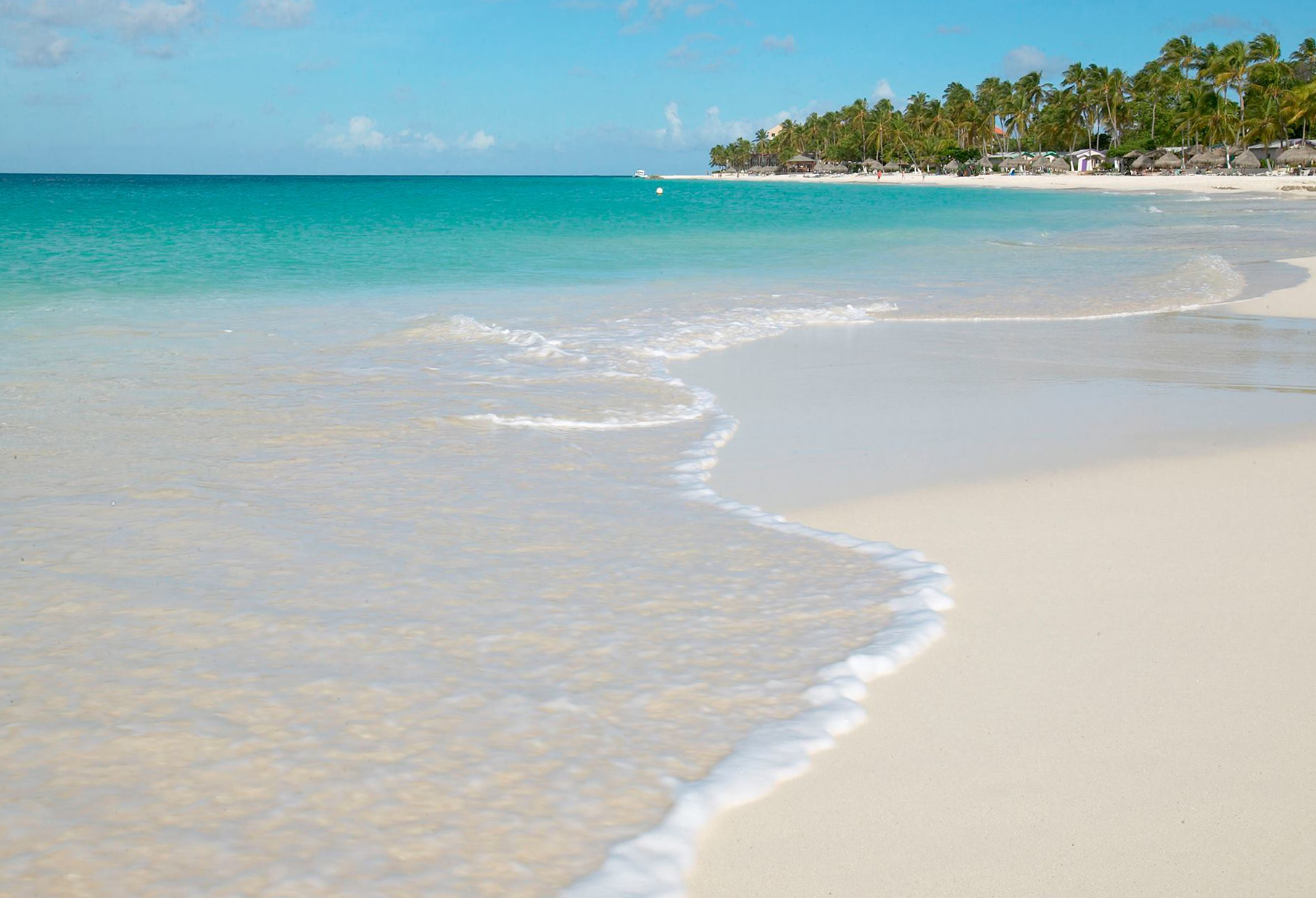Sunday, 21/12/2025 | 11:00 GMT+7
The Dutch Caribbean island has taken another big step in its effort to lead the world in carbon footprint reductions and to be an example to the region.
Last month, Aruba’s government signed a contract with the local utility service company ELMAR NV to convert all of the island’s public-road lighting to energy-efficient, light-emitting diodes (LED) by 2017, which would reduce energy consumption and lower maintenance costs.
According to Mike de Meza, Aruba’s Minister in charge of Economic Affairs en Energy, the project will initiate in June, when conventional light fixtures will be replaced by the new system and the public-road network will be expanded.
“Aruba will replace all public-road lighting with LED technology and install additional lighting to areas that currently do not have nighttime illumination,” Aruba Prime Minister Mike Eman said. “We will achieve a 30 percent savings for the country and invest these funds back to our people by installing street lights in the neighborhoods that don’t have at this moment.”

Robert Henriquez, the energy distribution company’s director, said that Aruba had already started the LED replacement installations on a smaller scale.
The newly-agreed nationwide replacement installations will take about two years.
the changes will not only save the country in energy costs, but offer brighter lighting for increased safety and lower maintenance costs.
Aruba’s long-term sustainability program goal aims to become 100 percent free of fossil fuels by 2020, resulting in a significant reduction of greenhouse gas emissions.
Aruba also has plans for a “Green Corridor,” that would connect both ends of the island in a more efficient and cost-effective way.
The latter represents one of the biggest projects undertaken on the island, and its success will hinge in large part on the LED project.
“In the last few years we’ve been working hard on this bright idea to convert our public lighting to using the LED technology,” said Minister of Urban Development, Infrastructure & Immigration Benny Sevinger. “The response has been very positive.”
In addition to the public-road lighting system, public buildings will be retrofitted with LED lighting to realize the benefits of energy efficiency.
It is estimated that sustainable lighting could result in initial energy savings of 50-80 percent and lower annual CO2 emissions by 3,000 – 4,000 tons.
“Retrofitting will be equivalent to savings of $1.2 – $1.7 million per year in energy costs”, de Meza said.
Aruba has opened the market to private investment to assist Aruba in reaching their 2020 goal of eliminating the use of fossil fuels by offering incentives in the form of tariff reductions and government cooperation in their green sustainability mission.
It’s a collective effort that’s putting the rest of the region on notice.
Anh Tuan








 Webinar 2: “Financial Support for Energy Efficiency Enterprises – Opportunities and Challenges”
Webinar 2: “Financial Support for Energy Efficiency Enterprises – Opportunities and Challenges”
 Vietnamese enterprises achieve green growth and cut costs through energy efficiency
Vietnamese enterprises achieve green growth and cut costs through energy efficiency
 Capacity Building for Program Implementing Entity
Capacity Building for Program Implementing Entity
 Enhance Energy Efficiency Knowledge for Managers of Cement Industrial Enterprises
Enhance Energy Efficiency Knowledge for Managers of Cement Industrial Enterprises
 Promoting Energy Efficiency for Technical Staff of Brick and Ceramic Sector
Promoting Energy Efficiency for Technical Staff of Brick and Ceramic Sector
 Capacity building for participating financial institutions of the VSUEE Project
Capacity building for participating financial institutions of the VSUEE Project
 Capacity building for participating financial institutions in Ho Chi Minh City
Capacity building for participating financial institutions in Ho Chi Minh City